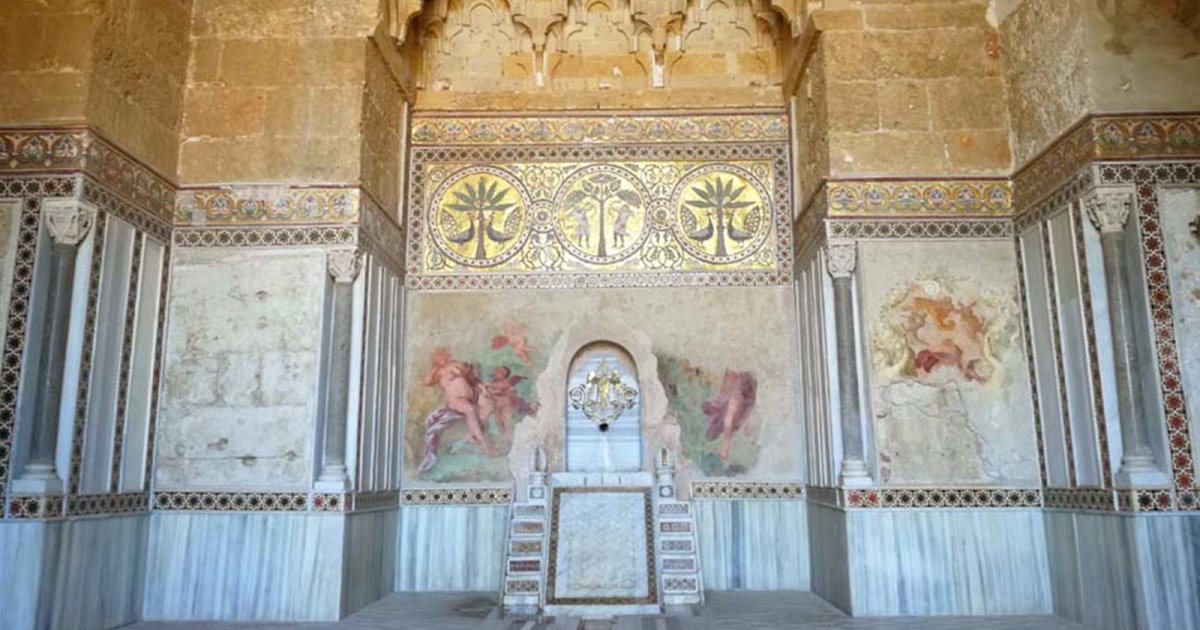ZISA, Villa Zisa
 Language: English / USA
Language: English / USA
Hi, my name’s Jill, and I’m your personal guide. Along with MyWoWo, I’d like to welcome you to one of the Wonders of the World: Zisa, the legendary residence of the Norman kings.
The splendid Villa Zisa was built starting from 1164 by craftsmen from Tunisia for the Norman king, William I, who was determined to surpass the splendor of the Favara Palace which had been built by his father. The name of the edifice derives from the Arabic al-aziz, meaning splendid. The Arabs had ruled over Palermo before the Normans and had left their mark on the city with their customs and traditions, among the most sophisticated of the time, and this magnificent residence is typically Saracen in style: a delightful construction, once surrounded by lush gardens filled with birdsong, embellished with fountains and ponds in which fish of various species were bred.
In 1636, the luxurious residence, still used by princes and rulers, underwent restoration work. It was shamefully neglected for much of the 20th century until 1972, when the entire right side of the building collapsed. This marked the beginning of lengthy restoration work with the aim of turning the building into a museum to host the few - but extremely valuable and important – antique Islamic objects recovered in Palermo.
The exterior is an austere, square, compact block, subtly adorned with the cornices of the windows and the horizontal molding that indicates the various floors.
Now press pause and enter the building.
On the ground floor, three deep arches open out onto the fish pond and the gardens, which have recently been restored, although they are far from awe-inspiring as they must have been in Norman times. The central arch corresponds to the fountain room, where the monarchs could relax to the sound of the water running down the marble panels embellished with inlay work.
On the walls, you can admire what remains of the splendid mosaics that adorned the hall in which magnificent celebrations took place.
On the upper floor, there was an open atrium to enjoy the cool of the evening and to gaze at the stars; the area was, however, covered in the 17th century.
Let me leave you with an interesting fact: all around the Zisa, the Norman rulers created their own enchanting, exclusive gardens where they had a number of constructions built, including thermal baths and a chapel. The gardens were given the name Genoardo, from the Arabic Jannat-al-ard, meaning heaven on earth.



